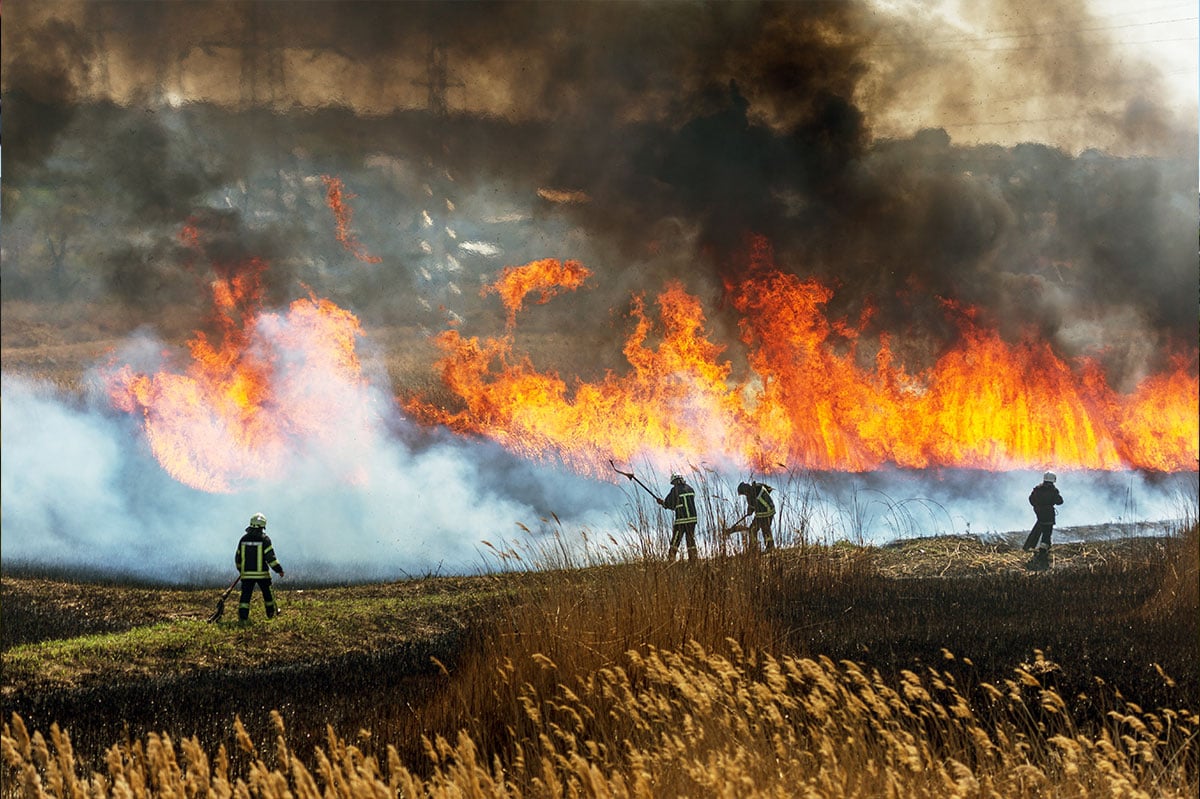Facing the increasing threat of wildland fires, the concept of fire triage has emerged as a crucial strategy for managing and mitigating these destructive incidents. This article delves into the world of fire triage, exploring its principles, challenges, and the vital role it plays in the battle against wildland fires.
**1. The Urgency of Decision-Making:**
Wildland fires are dynamic and unpredictable, requiring rapid and informed decision-making. Fire triage involves prioritizing areas for intervention based on factors such as threat to human life, property, and critical ecosystems. The urgency of these decisions highlights the need for a well-defined and efficient triage system.
**2. Assessing the Threat Landscape:**
Firefighters and emergency responders use sophisticated tools and methodologies to assess the threat landscape. This includes evaluating the fire’s behavior, terrain, weather conditions, and the proximity of critical assets. Through this assessment, areas are categorized into different triage levels, guiding resource allocation and strategic planning.
**3. Resource Allocation Strategies:**
Fire triage informs the allocation of firefighting resources – manpower, equipment, and aircraft. High-priority areas, where the risk is imminent, receive immediate attention to prevent further escalation. This strategic resource deployment aims to optimize the firefighting efforts and protect lives, property, and natural resources.
**4. Evacuation Protocols:**
In cases where the threat to human life is severe, fire triage guides the implementation of evacuation protocols. Timely and organized evacuations are crucial for ensuring the safety of residents in the fire’s path. Effective communication and coordination are key components of these evacuation efforts.
**5. Adaptive Decision-Making:**
Wildland fires are unpredictable, and conditions can change rapidly. Fire triage involves continuous monitoring and adaptive decision-making. This flexibility allows responders to adjust strategies in real-time, ensuring that resources are directed where they are most needed throughout the evolving incident.
**6. Community Engagement:**
Fire triage extends beyond tactical considerations; it involves engaging and educating communities. Building resilience within communities, including fire-safe practices and preparedness measures, contributes to a collaborative approach in tackling the wildfire challenge.
In conclusion, fire triage is a vital component of wildland fire management, requiring a combination of expertise, technology, and strategic thinking. As wildfires continue to pose significant threats, the evolution and refinement of fire triage methodologies are essential for safeguarding lives, property, and the delicate balance of ecosystems in the face of these formidable natural forces.

